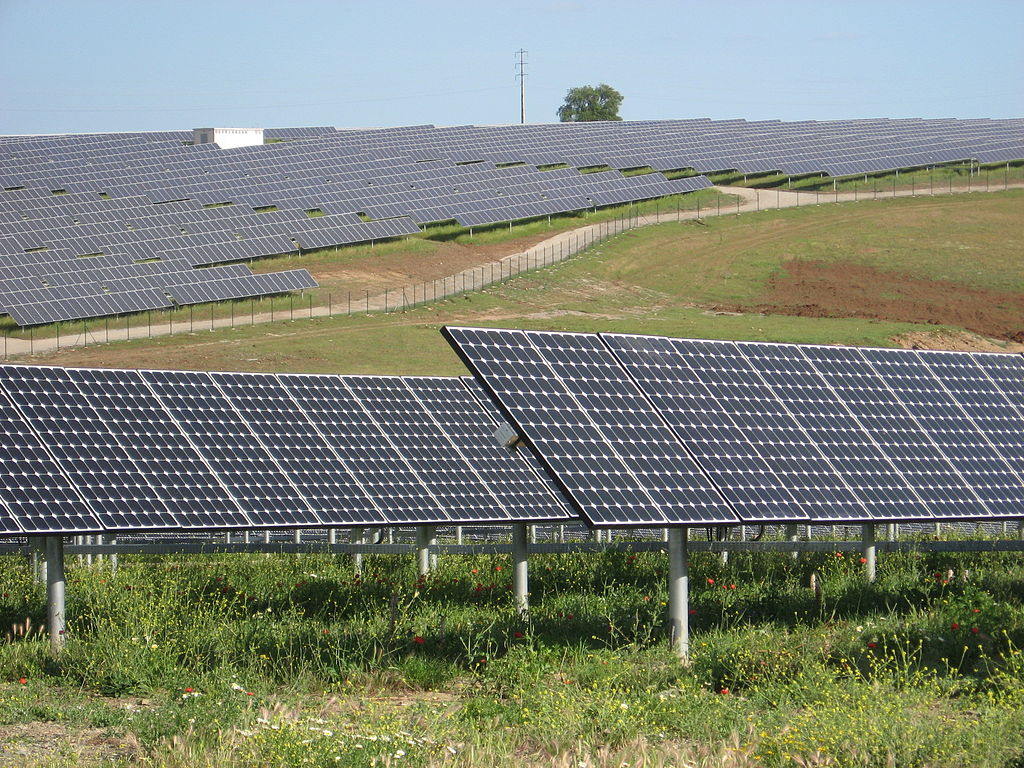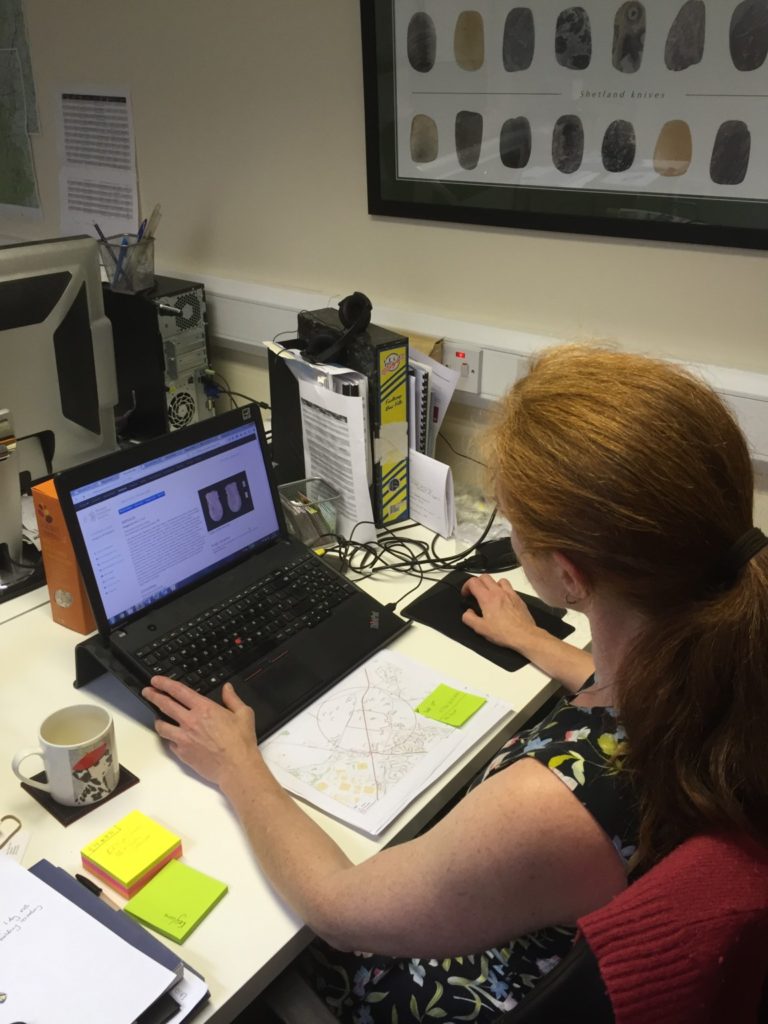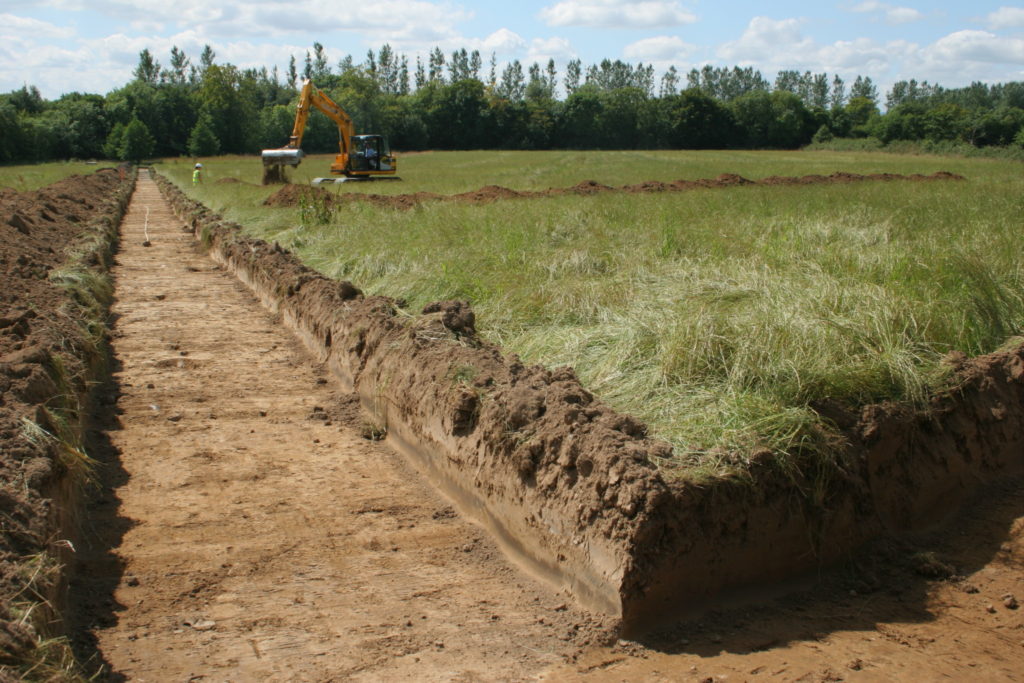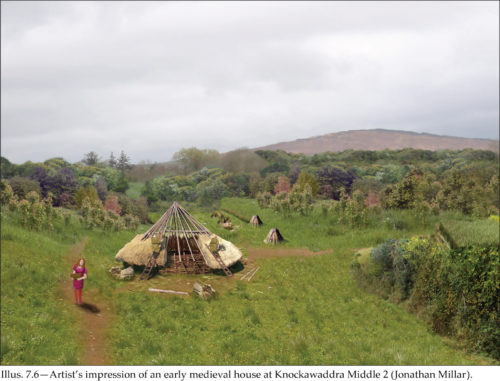In recent months the number of solar photovoltaic (PV) projects (or solar farms) being put forward for development in Ireland has increased significantly. Assessing the impacts on archaeology has proven to be a significant element of the associated planning process. With no clear instruction from the National Monument Service to the local planning authorities or archaeological consultants on how to approach these sites, developers have been fielding varied requests for further information and planning conditions.

Rubicon Heritage Services are successfully guiding solar farm developers through the planning process. Rubicon’s experience in dealing with these site types firstly in the UK and now in Ireland means we can help to pin-point the archaeological risks and take measures to quantify them prior to a planning application being submitted. Knowing what to expect at this early stage in the project allows the design team to factor in archaeology and prevent any surprise effects on the project.

The sites are often chosen due to their location on south facing slopes within greenfield sites – also a favoured location for past settlements! This potentially causes an impact to buried archaeological deposits and also upstanding heritage assets such as ruins or earthworks. Such impacts can result in significant risk for solar farm developers including cost, delay and, in extreme cases, the complete abandonment of developments.
We recommend a staged approach for our clients focused on avoidance and cost saving. This involves the following:
- Desk based assessment (DBA) – A rapid assessment of readily available documentary and cartographic sources highlighting areas of high archaeological potential.
- Geophysical and topographical survey – where areas of higher potential are identified we can quickly scan the ground to see if buried archaeology can be traced as geophysical anomalies. Rubicon employ a unique geophysical survey system which also produces accurate 3D topographic models of survey areas as a complimentary added value element for our clients. In some areas, County Cork for instance, geophysical survey is requested by the County Council on all large solar farms.

Geophysical survey, used effectively to obtain an overview of a site without breaking the ground. The results can inform a program of targeted test-trenching. - Testing – Where archaeology is identified in DBA and geophysical survey, archaeological trenching will be undertaken of a sample percentage of the site to determine its depth and nature. This allows a mitigation strategy to be developed which can allow for the preservation of archaeology in situ and avoid the expense and delay of a full scale archaeological excavation.

Machine test-trenching under archaeological supervision, to establish and characterize surviving archaeological deposits.
All of these services are routinely carried out in-house by Rubicon. Many of our staff are fully licenced by the state to carry out all forms of archaeological fieldwork and we have the confidence of the planning archaeologists employed by local and central government.
Further information about our services can be found at www.rubiconheritage.com.
Please contact Ross Macleod on 0872142163 in the first instance.

